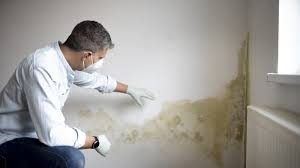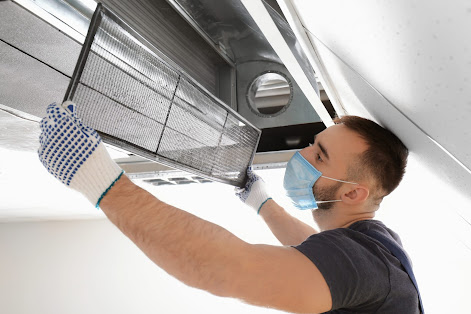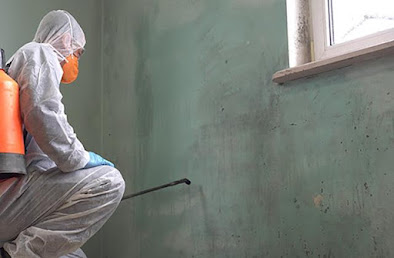Which Mould Inspection Methods Are the Most Reliable?
Mould can pose significant risks to both your property and health, making its detection and remediation crucial. Reliable mould inspection methods are essential to ensure accurate identification and effective treatment of the problem. This comprehensive guide will explore the most reliable mould inspection methods, helping you understand their importance and when to use them.
Understanding Mould Inspection
Mould inspection is the process of assessing a property to identify the presence of mould, its type, and the extent of contamination. A thorough inspection includes visual checks, air quality testing, and surface sampling. It is often the first step in addressing potential mould-related issues.
The Most Reliable Mould Inspection Methods
1. Visual Inspection
The first step in any mould inspection is a visual assessment. Inspectors examine walls, ceilings, floors, and other areas prone to mould growth. They look for visible signs such as discoloration, water stains, or musty odors. While this method is straightforward, it may not detect hidden mould or determine the type of mould present.
2. Air Sampling
Air sampling is a highly reliable method to detect mould spores in the air. It is particularly useful when mould is not visible but suspected. Air samples are collected and analyzed in a lab to identify the concentration and types of mould spores present. This method helps in understanding indoor air quality and detecting airborne mould.
3. Surface Sampling
Surface sampling involves collecting samples from visible mould growth or suspected areas. Swabs or tape are used to gather mould specimens, which are then analyzed in a laboratory. This method is effective in identifying the specific type of mould present and confirming visible contamination.
4. Bulk Sampling
In this method, pieces of material suspected of mould contamination, such as drywall or carpet, are removed and sent for analysis. Bulk sampling is particularly useful in determining the extent of mould infestation within building materials.
5. Moisture Mapping and Thermal Imaging
Mould thrives in damp environments, making moisture mapping and thermal imaging essential tools. Moisture mapping uses specialized devices to measure moisture levels in building materials, while thermal imaging detects temperature variations that may indicate hidden moisture. These methods help locate areas at risk of mould growth.
6. Dust Sampling
Dust sampling involves collecting dust from surfaces and analyzing it for mould spores. This method is effective for identifying mould species that may not be active but indicate previous growth or contamination.
7. ERMI (Environmental Relative Mouldiness Index)
ERMI is a quantitative method that uses DNA analysis to assess mould contamination levels. Samples are collected from settled dust and analyzed in a lab to determine mould concentration and species. This advanced method is highly reliable but may not be readily available everywhere.
Choosing the Right Method
The choice of Mould Inspection Methods depends on several factors, including the severity of the problem, property type, and whether mould is visible or hidden. A combination of methods is often used for comprehensive inspection and accurate results.
When to Seek Professional Help
DIY mould inspection kits are available, but they often lack the accuracy and thoroughness of professional inspections. Certified mould inspectors use advanced tools and techniques to ensure precise detection and reliable results. If you suspect mould growth, hiring professionals is the safest and most effective approach.
Conclusion
Reliable mould inspection methods are essential to protect your property and health from the harmful effects of mould. From visual inspections to advanced techniques like ERMI, each method plays a vital role in identifying mould and assessing its impact. Combining multiple methods ensures comprehensive detection and effective remediation. Don’t overlook the importance of professional expertise when dealing with mould. With the right approach and reliable mould inspection methods, you can safeguard your home or business from mould-related risks.
.jpg)

.jpeg)


Comments
Post a Comment